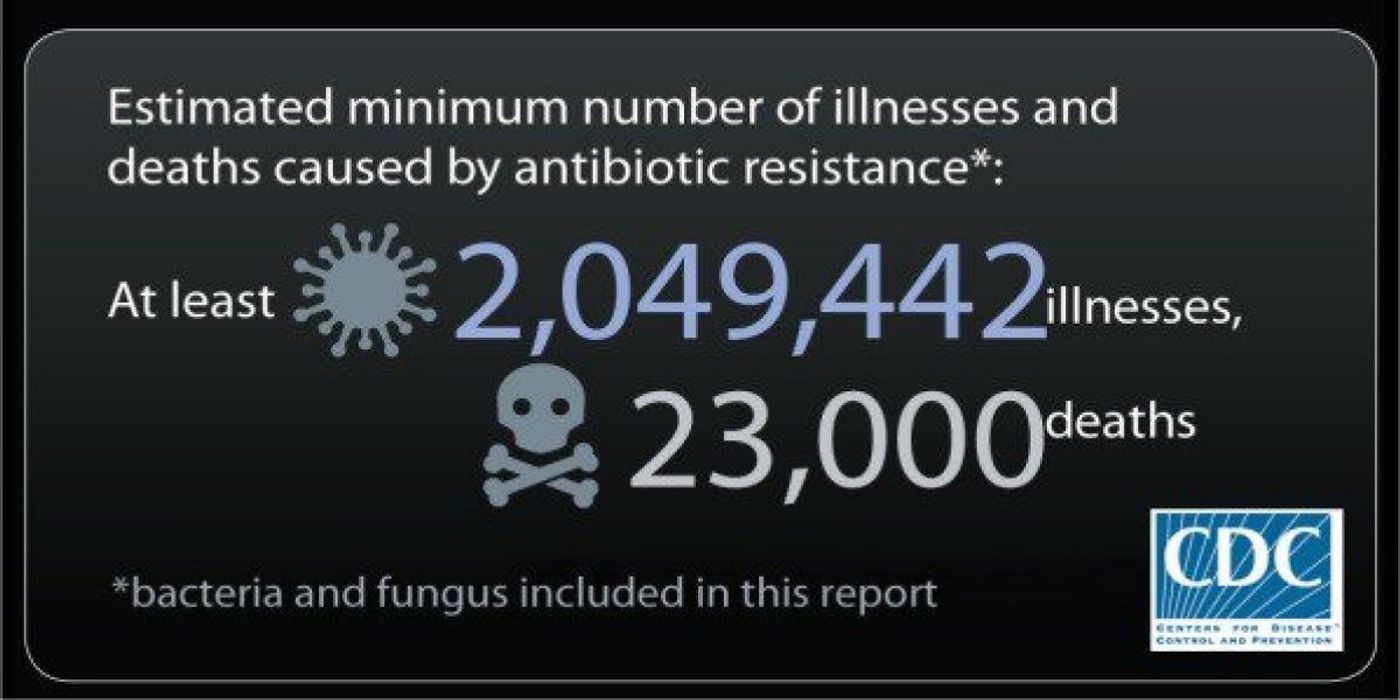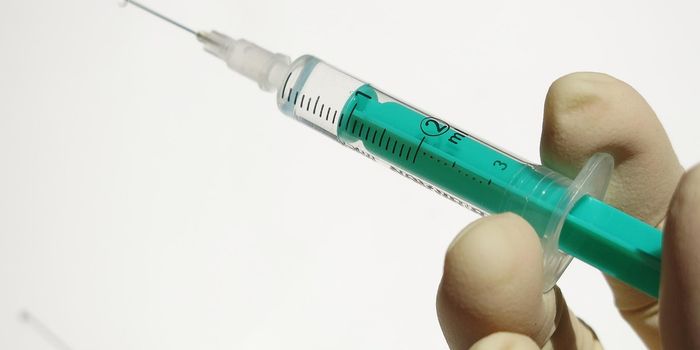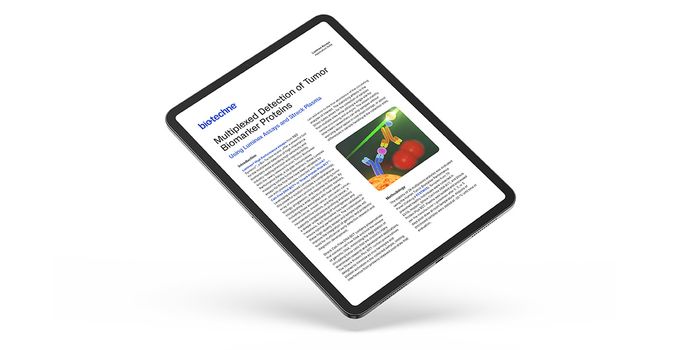How to Kill Superbugs
Researchers at The University of Tokyo and Teikyo University Institute of Medical Mycology, have synthesized three synthetic antibiotics effective in killing superbugs, which typically resistance to antibiotic treatment. The method used to synthesize the new antibiotic candidates, called "one bead one compound," comes from biological research in creating many unique peptides. By adopting this approach, the researchers were able to mimic a natural antibiotic of superbugs with thousands of synthetic molecules and decrease research time.
Organisms like methicillin-resistant Staphylococcus aureus (MRSA) first developed a resistance to the antibiotic vancomycin, developed in the 1950s. However, resistance to vancomycin has increased dramatically in recent years, by MRSA and other pathogens. Lysocin e, a natural antibiotic isolated from soil in southwestern Japan, proved to be ten times more effective at killing drug-resistant bugs. However, superbugs can easily resist two different antibiotic treatments, so the researchers in Tokyo aimed to synthesize a better version of lysocin e.
Image: Centers for Disease Control and Prevention
Lysocin E is a large ring-shaped molecule with 12 side chains. The "one bead one compound" method creates variations of the structural components that make up lysocin e, then the original elements by the variants one at a time. This process resulted in over 2400 versions of a lysocin e analogs, all unique synthesized at the same time. Candidates that could not kill MRSA at all were eliminated first. Of the 22 remaining candidates, only half were equal or more effective than lysocin e. Now, the top three candidates are being investigated for further.
Antibiotic resistance is a significant public health concern, affecting more than 2 million people in the U.S. every year, according to the Centers for Disease Control and Prevention (CDC). The "one bead one compound" method of producing drug candidates could dramatically cut research time and result in more powerful antibiotics.
Sources: Nature, Centers for Disease Control and Prevention (CDC), TechnologyNetworks









